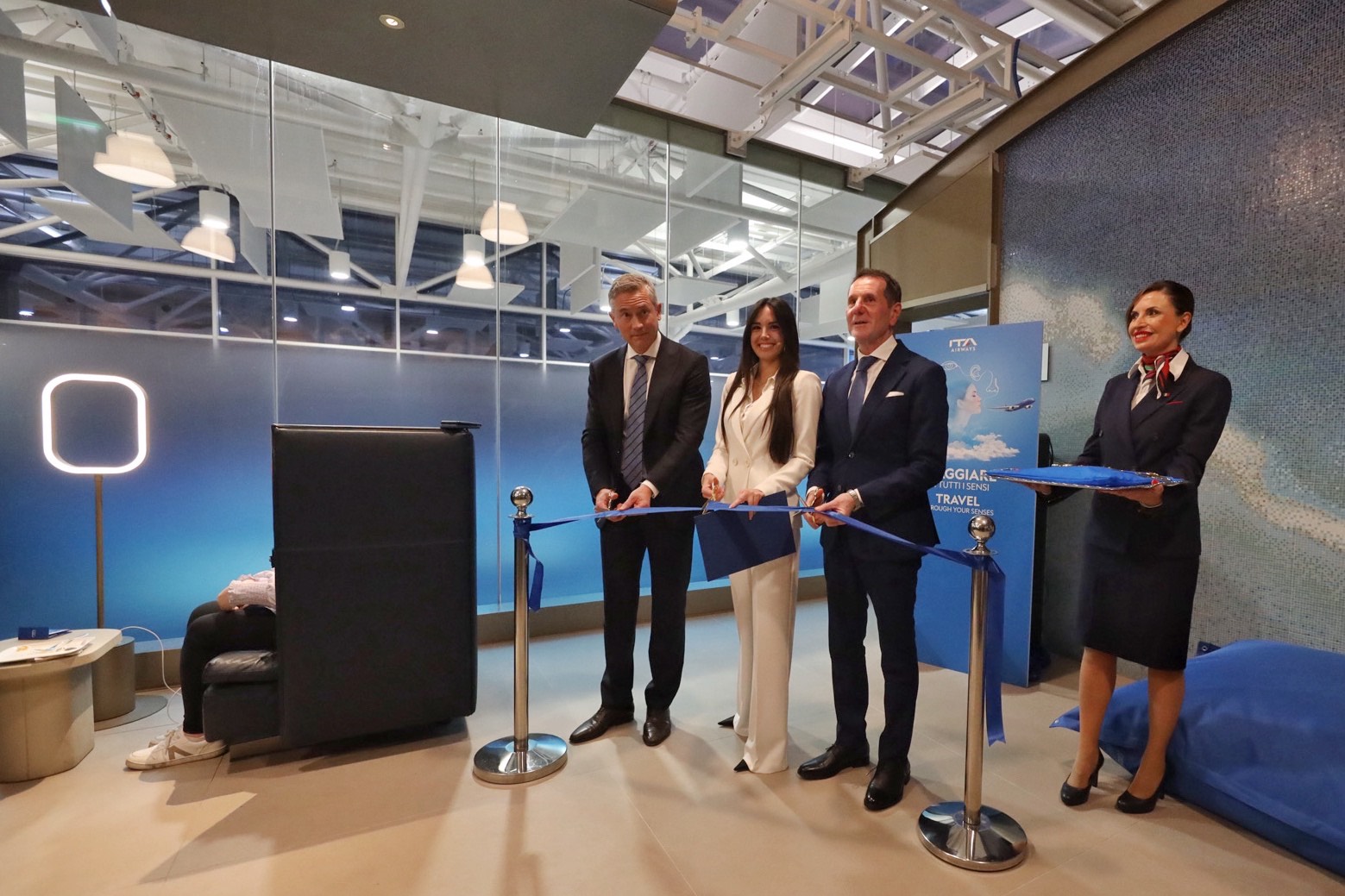The Union government is committed to fostering a robust aviation ecosystem in India with a focus on airport expansion and airline development. The number of airports in the country, which has gone up from 74 to 157 in last 10 years, reflects a solid framework and collaborative effort between the government and private sector, says Secretary, MoCA.
Janice Alyosius
The Union government is committed to fostering a robust aviation ecosystem in India with a focus on airport expansion and airline development. Addressing the CAPA India Aviation Summit recently, Vumlunmang Vualnam, Secretary, Ministry of Civil Aviation (MoCA), Government of India. “The new airports, the major airports, and several airports currently under development have demonstrated that the states have now taken upon themselves the responsibility of providing the land. And they have done so. We have major airports under construction even as we speak. So, that is an important building block, and it’s now settled.”
Highlighting the growth of airports in the country, Vualnam said that the number of airports has doubled in the last 10 years, soaring from 74 to 157. What is notable in this expansion is the underlying framework supporting it, and emphasis on the synergy between the government and the private sector.
Vualnam highlighted the financial mechanism governing airport operations, overseen by the Airports Economic Regulatory Authority (AERA). “The finances and the economic regulator that we have, which operates at arm’s length from the Ministry of Civil Aviation, provide a robust mechanism that has gained strength. Major airports manage their finances and user fee charges. The entire economic aspect of an airport is overseen by AERA. They have been operating quite transparently and in a consultative manner,” he said, adding that, “This creates a solid framework for engagement of stakeholders, and ensures a fair and conducive environment for investment.”
Shifting focus to enhancing connectivity, particularly to tier II and III cities, Vualnam outlined the government’s strategy to develop underutilised airstrips. “India is a large country, and connectivity to different parts of it is important. The government has been actively focusing on enhancing connectivity to tier II and III cities. We have reviewed the entire list of 453 airstrips in this country. We considered how to develop them and identified which ones need priority development within a 100-kilometre radius, and which ones would serve larger populations or more industrial development areas,” he said.
Vualnam also applauded Indian carriers for their ambitious expansion plans. “From a 25-year perspective, we will be examining connectivity to different parts of our country. The bigger airports would benefit from the smaller airports becoming functional, and small airlines would support the growth of bigger airlines. The entire framework of air connectivity in this country, including whether the regulations for major and smaller airports can be calibrated to the degree of traffic these airports handle, will be considered. We are focusing on expanding connectivity to smaller cities and towns, even considering heliports and helipads, to ensure that the entire aviation sector is well-connected and poised for growth in the future,” he said.
On the maintenance, repair, and overhaul (MRO) front, efforts are underway to alleviate regulatory hurdles and promote investment. Vualnam expressed confidence in fostering a conducive environment for MRO businesses through fair taxation policies and supportive measures.
In line with global sustainability goals, Vualnam underscored India’s commitment to producing Sustainable Aviation Fuel (SAF), aligning with international standards. “We will work closely with relevant ministries in the Government of India, including the Ministry of Petroleum, and our oil marketing companies to ensure that sustainable aviation fuel production meets the necessary standards and requirements,” he said.
Vualnam emphasised on the government’s enthusiasm for the aviation sector’s potential, epitomised by initiatives like the UDAN. By prioritising citizen-centric accessibility and fostering a conducive ecosystem, India aims to propel its aviation industry to new heights, benefiting stakeholders across the spectrum, he said.
 TravTalk India Online Magazine
TravTalk India Online Magazine





